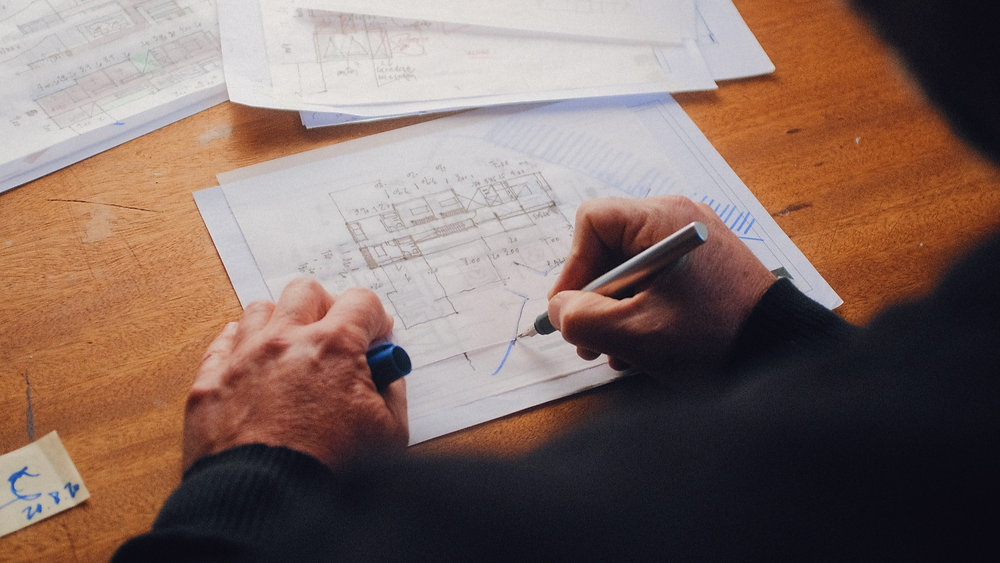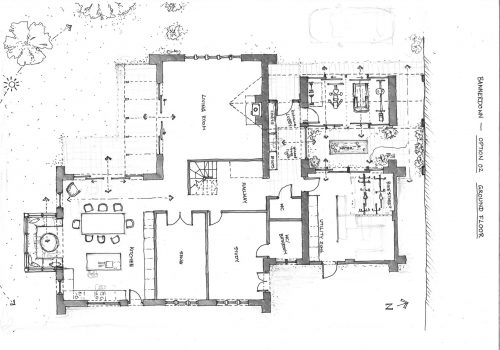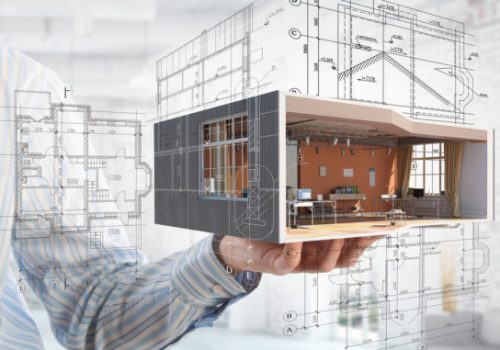As architects, we understand the importance of efficient project management, but often find generalized information that isn’t very helpful. So, we’ve compiled a comprehensive guide to “Project Management for Architects” based on our experiences, insights from colleagues, and relevant research. Let’s delve into some essential aspects of successful project management.
Harnessing the Power of Pre-Design for Effective Project Management
Understanding the different phases of an architectural project is crucial for efficient project management. Pre-design is particularly significant in this regard, as it lays the groundwork for the entire project. During pre-design, the architect collaborates with the client to establish and analyze conditions, research, site analysis, zoning, budgeting, and programming requirements. This information serves as a legally binding framework, enabling educated predictions for budgeting time, money, staffing, and ensuring project completion while meeting team goals.
Creating Effective Work Plans for Scheduling and Staffing
Whether or not the architect is involved in pre-design, a work plan is essential for smooth project execution. The work plan serves as a roadmap, outlining the path to complete the architecture project. It includes schedules, relationships between parties, available resources, leadership organization, experience and specialty requirements, and more. The work plan helps define an accurate project schedule, ensuring that the right people are assigned to the right tasks.

Facilitating Project Progress with Effective Meetings and Agendas
Meetings play a crucial role in project progress, and organizing them efficiently is essential. When setting up meetings, consider the necessary parties, time requirements, and amenities needed for a productive discussion. Reserve appropriate spaces or explore online services for meeting room listings. Running the meetings effectively involves having a clear leader, following the agenda line-by-line, and providing printed copies for attendees. Screenshare software is invaluable for remote attendees, allowing seamless sharing of notes, drawings, and models.
Supervising Project Progress - Tracking Services and Managing Budget
Tracking required services is essential for effective project management. Ensure that contracts clearly outline services and responsibilities to prevent disagreements in the future. A strong understanding of project phases and typical work involved helps in organizing the project.
Post-Construction Evaluations and Project Closeout
Construction Administration involves site visits to ensure compliance with Construction Documents. Project closeout requirements should be discussed at the outset of the project, avoiding unwelcome surprises later. Post-construction services may include assisting with occupancy permits, reviewing warranties, and providing as-built drawings.
A Successful Project for Your Portfolio
Pre-design is a valuable phase that establishes project goals and requirements. Develop a work plan, run efficient meetings, and avoid surprise services with clients to maintain a well-managed project. As the project comes to a close, ensure your vision is accurately built and archive your work. Following this guide will lead to a happy client and a remarkable addition to your portfolio!






